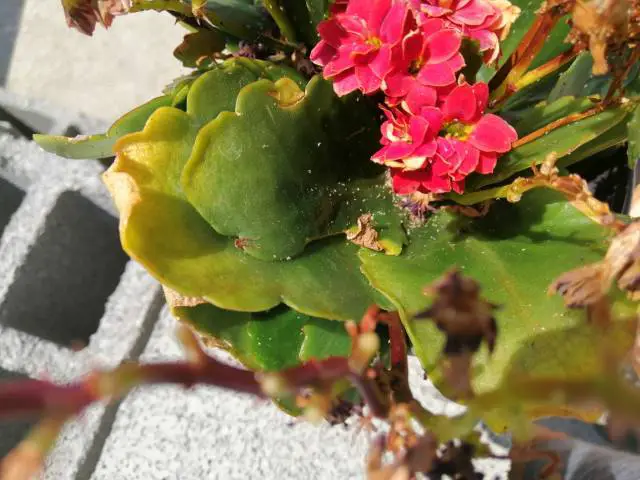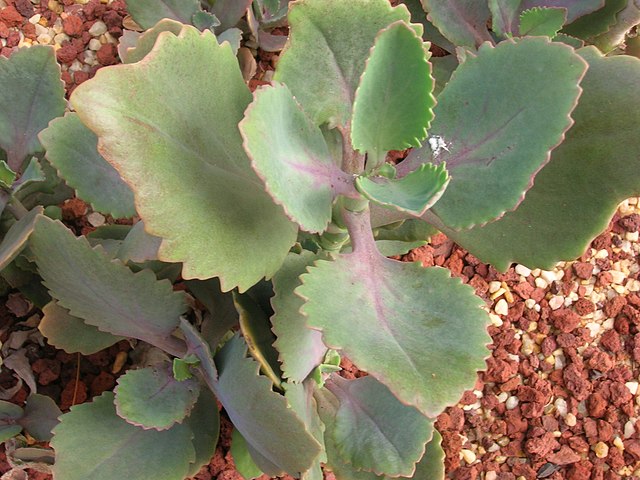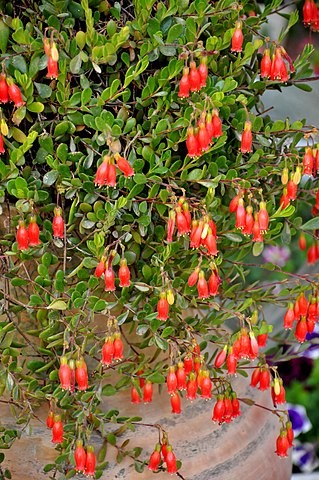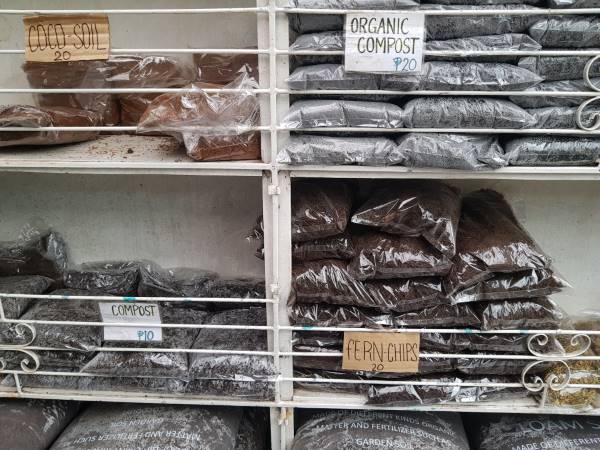Kalanchoe is a quite resilient plant that thrives well with minimal care. You always read or hear that Kalanchoes are quite easy to grow, but your plants keep dying so often. Growing Kalanchoes is easy but you must pay attention to their specific requirements. People with a green thumb usually have fun growing Kalanchoes and do not encounter any troubles. For people who lack a green thumb, growing Kalanchoes can be quite challenging.
If you are worried about “Why your Kalanchoes are dying?” and you want to rescue your plants, you must pay attention to the possible factors responsible for it.
8 Reasons your Kalanchoes are dying
There are several reasons behind the death of Kalanchoes. Here, we will just share the reasons why your Kalanchoes are dying and how you can save your plants from the damage.
- Overwatering (Excess of water)
Kalanchoes require moderate watering and just hate to be overwatered. An overwatered Kalanchoe plant takes up a lot of water and its leaves and stems start to swell and finally burst. These plants do not like a lot of water, love, and attention as well.
The more you neglect them, the more they do better. So, you must avoid overwatering and follow the watering regimes (moderate watering) that are required to make your plants grow healthy.
“KALANCHOES HATE OVERWATERING”
How does an overwatered Kalanchoe look like?
An overwatered plant will have soft and mushy leaves. The color of leaves will become lighter than normal green, or translucent in some cases. You will also observe shedding of leaves even with a mere touch of hand or fingers. Overwatering causes rotting of roots and ultimately decay or death of plants in severe cases.
How to save an overwatered Kalanchoe from dying?
Luckily, you can save your overwatered Kalanchoe plants with proper care at the early stages. Watch out for the signs of overwatering. As soon as the signs appear stop watering and let the soil drain and dry completely before watering again. In an overwatered Kalanchoe the roots will generally rot and die. They are easier to save at the early stages because some parts of the plants will be still alive. You can take a leaf, or a small stem (only those parts that are alive not the dead ones) cutting and propagate an entirely new plant. - Underwatering (Lack of water)
Kalanchoe store water in their thick stems, and leaves. They are quite drought-tolerant and can withstand a prolonged period of drought or arid conditions. However, this certainly does not mean they do not need water at all.
Kalanchoes always need a good amount of water once they become depleted of water, and they will also start displaying signs of underwatering.
How does an underwatered Kalanchoe look like?
If you keep neglecting the watering needs of your Kalanchoes for a long time they will start showing signs of underwatering. An underwatered plant will have wrinkled, shriveled, and soft or weak leaves. The leaves will turn burn and start drooping. The plants will start wilting and drying.
How to save an underwatered Kalanchoe from dying.
An underwatered Kalanchoe is easier to save than an overwatered plant. In most cases, the plants will perk up after good watering. Be careful, while trying to bring your plants to normal as soon as possible do not end up overwatering your Kalanchoes. Just give them 1 or 2 regular irrigations and the plants will resume normal growth. Now hold on! Wait for the soil to dry completely before the next watering. - Lack of sunlight
Kalanchoes love the sun and need plenty of sunlight to grow. Sunlight is critical for their health and well-being. If you don’t provide enough sunlight to your plants, they might start growing abnormally. Growing Kalanchoes in low light is a common cause of the death of plants.
“TOO MUCH EXPOSURE TO SUN KILLS KALANCHOES”
What happens to the plants when they face a lack of sunlight?
Have you ever noticed your Kalanchoe’s stem stretching or growing at an unusual length or angle? This is because the Kalanchoes grow unusually tall in search of light and this phenomenon is known as “Etiolation”. If you leave your plant untreated it can become stretched to a point that its stem collapses.
How to help your plants to save from damage caused by lack of light?
Keep your plants under bright sunlight. If you don’t have enough sunlight outdoors move your plants indoors under artificial lights. Artificial lights are specially designed to meet the light requirements of plants. If you notice your plant’s stem is stretching out and growing longer than usual, it’s an indication your plants are starving for light. Immediately, must move your plants under bright sunny daylight or artificial lights. - Improper soil and poor drainage
Kalanchoes require sandy, well-draining soils. When you plant them in poorly draining soil you make it much difficult for them to grow healthy. Less sandy and more clayey soils usually hold a greater amount of water and less air which makes it hard for the Kalanchoes to breathe properly. If you use poorly draining soil you always end up overwatering your plants due to excessive water build up in the soil.
“KALANCHOES REQUIRE GRITTY AND WELL-DRAINING SOILS”
What happens when you plant your Kalanchoe in an improper potting mix?
If you use poorly draining soil, your plants will suffer overwatering leading to rotting and decay of roots.
How to choose a potting mix for growing healthy plants?
Always use a well-draining soil that consists of 60% peat moss and 40% perlite. You can prepare your soil at home or buy a standard succulent mix from the market. Adding pumice will also help to make your soil drain faster. - Excessively Cold Temperature
Kalanchoes like to grow in warm dry climates. Indoor Kalanchoes usually do fine because most of the people have a reasonable temperature at their premises. These plants can’t survive excessively cold winter or freezing temperatures. Your Kalanchoes will perish with a mere wave of frost.
“KALANCHOES CAN’T STAND FREEZING TEMPERATURES”
How to save your plants from freezing?
Keep monitoring the temperature to prevent the death of Kalanchoes. During cold winter months do not keep your plants outdoors, better move your Kalanchoes indoor and keep them at room temperature. - Too much exposure to intense sunlight
Kalanchoes prefer to grow in bright sunlight, but that doesn’t necessarily mean they can tolerate the intensely warm heat coming from the sun. Though Kalanchoes require full sunlight for most of the day they also need some protection. If your plants get sunlight more than what they can tolerate, your plants will be burned.
Unfortunately, the damage is permanent. The damaged leaves are unable to store water again and lose their photosynthetic ability.
“THE DAMAGE FROM SUNBURN IS PERMANENT”
How does a sunburned Kalanchoe look like?
A sunburned Kalanchoes shows brown discoloration of leaves due to the death of tissues.
How to save your plants from sunburn?
Avoid exposure to intense direct sunlight that is excessively hot. Keep your plants indoors when the weather is too warm to tolerate. - Overfertilization
Kalanchoes do not require nutrients in large amounts. Overfertilization of Kalanchoe causes salt accumulation and ultimately burning of roots. If you are overfertilizing your kalanchoes you might find them dying due to burning of roots.
How does an overfertilized Kalanchoe appear?
If you see small brown spots on the leaves, you might be overfertilizing your Kalanchoe plants.
How to optimize the use of fertilizers?
If you have a balanced fertilizer, apply a good amount of fertilizer in spring and summer. You can also fertilize your plants with a small dose of fertilizer every month. Do not fertilize your Kalanchoes in winter or late fall because that’s the time of rest for the plants. - Insect Pests
You are not the one who loves Kalanchoes, unfortunately, some pests are also fond of Kalanchoes. These plants are often affected by aphids, scales, spider mites, and mealybugs. Although these plants are quite resistant to pests, a severe infestation of these pests causes significant damage to the plants.
“SEVERE PEST INFESTATIONS LEAD TO DEATH OF KALANCHOES”
What do these pests do to the plants?
Aphids are small green insects, that gather in large numbers, and suck sap from the plant leaves and make the plants weak. Mealybugs appear in cotton-like masses at the underside of leaves and suck sap from the plants. Scales are tiny insects that produce a wax-like secretion on leaves that can be easily picked off from the leaves.
How to get rid of pest infestations?
The risk of insect pests can be minimized by maintaining good plant hygiene, remove rotting or dying leaves and flowers as soon as possible. At the early stage, aphids can be treated with a strong stream of water that carries away the insects. To control mealybugs the plant parts must be rubbed with a cotton swab dipped in 70% isopropyl alcohol.
In case of severe infestations of aphid, scales and mealybugs use insecticidal spray or repellent oils to get rid of these tiny creatures. Scales are generally hard to control, but they can be effectively controlled with alcohol or insecticidal sprays.

Read more about How to save dying Kalanchoe here:
https://kalanchoe-succulent.com/how-do-i-bring-my-kalanchoe-back-to-life/




